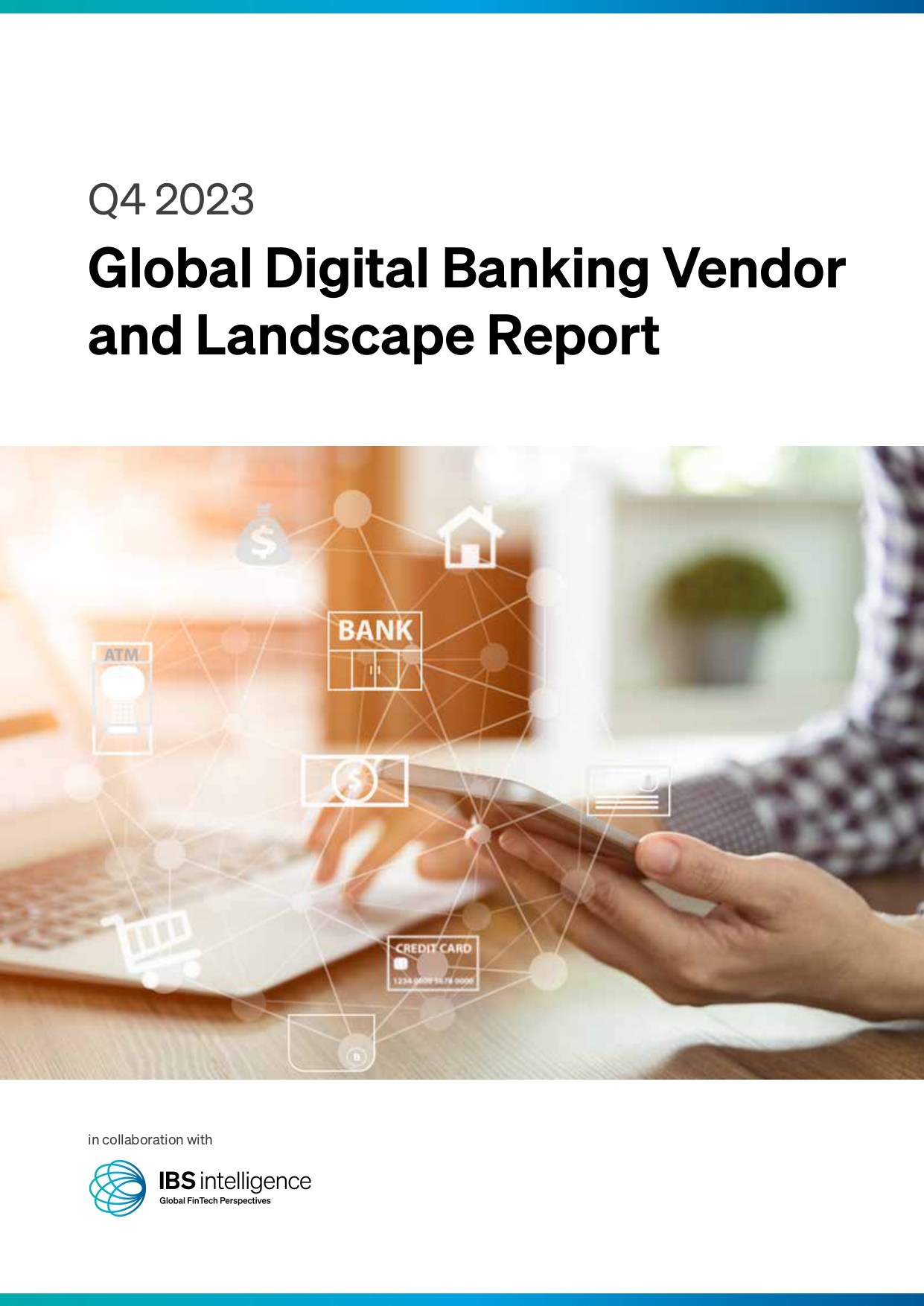Specified user FinTechs are helping lenders ride the AI wave for origination and underwriting

The Indian digital lending industry is undergoing a major transformation due to its unprecedented pace of growth. As per the recent stats – more than 200m people have availed of retail loans in a year and this is growing at 20% CAGR.
By Raman Vig and Sudipta K Ghosh co-founders of Roopya
The significant rise in the disbursement volume not only exhibits the uptick in the number of borrowers but also demonstrates the emergence of digital lending players in the market.
Many FinTech companies are overshadowing brick-and-mortar lending institutions by digitising every aspect of the lending process. This can be attributed to the rapid adoption of Artificial Intelligence (AI) and Machine Learning (ML) models that expedite and enhance the lending process. Given the scenario, the new-age lenders are moving from traditional risk models to a data-backed approach to be more relevant in the market.
A major step towards addressing gaps in the lending ecosystem
Data is the most critical element for any AI / ML model. In lending, credit bureau data and alternate data becomes the base for any propensity model for loan origination, preparing scorecards for underwriting, or even creating early warning signals on existing portfolio.
Hence data becomes the most powerful and significant force that drives the digital lending industry. In the present ambiguous scenario, the Indian lending industry has flagged several concerns on the dynamics of the data distribution of borrowers among lenders.
India has more than 1200 active lenders, out of which, only 1% have access to advanced data and analytics tools. This creates a significant gap on the supply side as small and mid-sized lenders lose out on the data-driven lending race. The new-age loan origination and underwriting tools which are accessible only to large-sized lenders create a huge disparity in data intelligence. Consequently, these lenders have to incur high acquisition and underwriting costs, ultimately leading to high-interest rates for borrowers.
Grappling with an unregulated lending scenario, the Reserve Bank of India (RBI) planned to put a guardrail on the ecosystem. The apex bank announced the appointment of a new set of FinTech companies as ‘Specified Users’ of Credit Information Companies (CICs) under the Credit Information Companies (Amendment) Regulations Act, 2021 based on stringent eligibility criteria. These Specified User FinTechs get access to credit data, run analytics and help digital lenders make data-driven decisions.
The appointment of Specified User FinTech players has not only regulated credit data distribution but also resulted in more streamlined and secure digital loan processing.
AI underwriting models
Every year, over 15 million ‘New to Credit’ borrowers enter the credit ecosystem. This makes loan underwriting a tricky process for lenders under the existing conventional models. Every customer or borrower has unique financial circumstances which bring uncertainty many inches closer to making credit decisions.
If an underwriting practice is not backed by data and analytics, it can lead to economic meltdowns for lenders. And that’s where Specified User FinTechs come to the rescue, providing lenders with the ability to interpret enormous data amounts much faster and more accurately than conventional underwriting practices. It equips lenders with AI and ML-backed underwriting models, adding an extra layer of better oversight on how data sets can be used strategically to come up with personalized solutions for each borrower.
FinTech players are one of the early adopters of technology. The advent of Specified User FinTechs helped lenders to venture into segments that were deemed high-risk by conventional lenders. Simply put, they have been successful in bridging the accessibility gap for underserved lenders, making them ride the wave of AI.
Predictive algorithm to streamline the lending process
In practical terms, AI works intuitively like predicting defaulted or paid loans. Specified User FinTech combines AI algorithms with ML classification mechanisms to create probability models for lenders to have better credit decision ability. The technologies are applied to improve credit approval, and risk analysis and measure the borrowers’ creditworthiness, which further helps small and mid-sized lenders scale with ease.
FinTech companies that are recognized as Specified Users have competencies to store huge amounts of credit data and build AI and ML models on structured and unstructured data sets. This provides more streamlined and better insights for borrower segmentation, predicting loan repayment, and helping in building better collection strategies. Besides this, Specified User FinTechs are helping lenders to be on top of automation whether in loan underwriting or pricing for personalized offerings.
On a similar backdrop, lenders’ ability to recognize early warning signs proves to be highly beneficial for lenders with credit risk management. Recognized by RBI, lenders can be certain of the credibility of Specified User FinTechs in terms of data and analytics.
Specified User FinTechs leverage the intuitive yet data-backed behavior that detects any suspicious borrower and red flags as fraud. Unlike traditional tools of analysis, it can alleviate the possibility of human errors arising from biases, discrimination, or exhaustive processing practices. By utilizing NLP (Natural Language Processing), lenders can accurately generate warning signals instantly.
Final Thoughts
The landscape of digital lending in India is continuing to evolve. Lenders can reap the benefits of data hygiene performed by AI and ML infrastructure established at the Specified User FinTech’s end. By automating and bringing all significant practices to one place, lenders are empowered to improve customer experience, take leverage of predictive analysis, enhance risk assessment, and improve credit decisions and breakthrough sales bottlenecks.
IBSi News
- Daily insightful Financial Technology news analysis
- Weekly snapshots of industry deals, events & insights
- Weekly global FinTech case study
- Chart of the Week curated by IBSi’s Research Team
- Monthly issues of the iconic IBSi FinTech Journal
- Exclusive invitation to a flagship IBSi on-ground event of your choice
IBSi FinTech Journal

- Most trusted FinTech journal since 1991
- Digital monthly issue
- 60+ pages of research, analysis, interviews, opinions, and rankings
- Global coverage
Other Related Blogs
December 19, 2023
Digital Disruption: How FinTechs Are Outpacing Traditional Banks in Trade Finance
Read MoreRelated Reports

Sales League Table Report 2023
Know More
Global Digital Banking Vendor & Landscape Report Q4 2023
Know More
Wealth Management & Private Banking Systems Report Q4 2023
Know More
IBSi Spectrum Report: Supply Chain Finance Platforms Q4 2023
Know More

